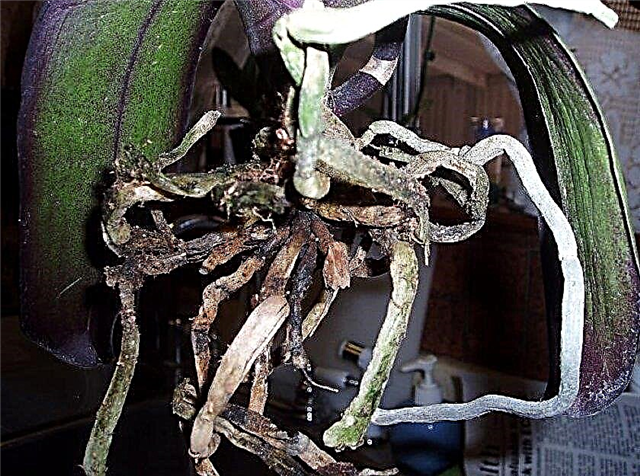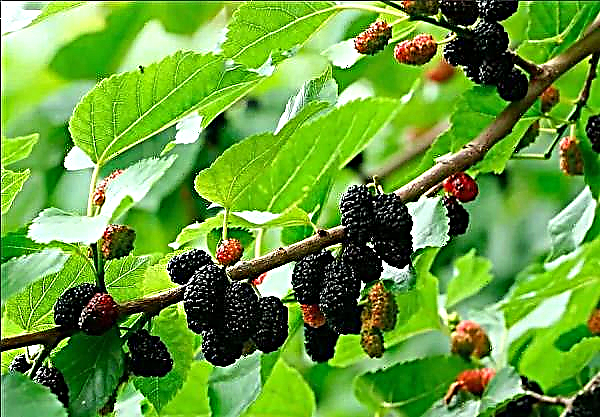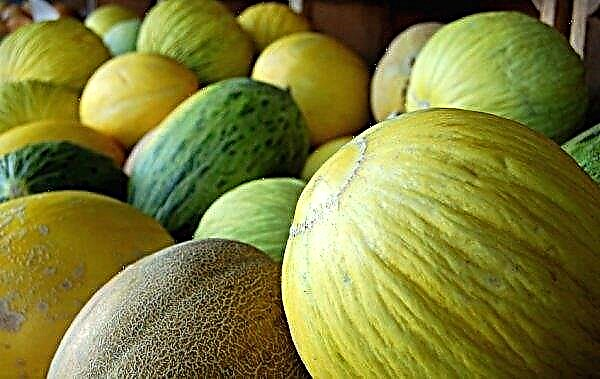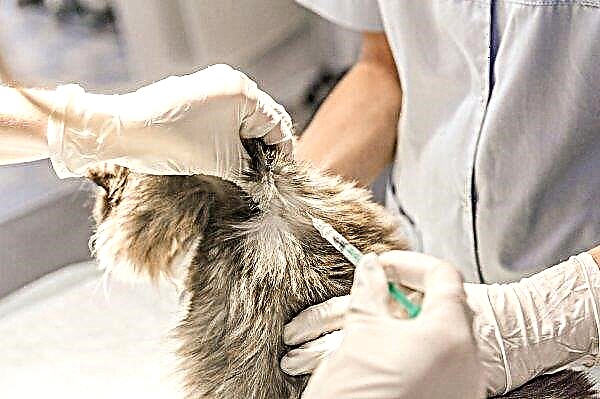Probably, there are no people who would not be familiar with the aroma of vanilla, better known to us by the smells that spread when baking sweets. This confectionery additive is obtained from the pods of a plant of the genus vanilla, which belongs to the orchid family (orchids). You can grow such an orchid at home, and we will show you how to do it.
Did you know? In the old days, vanilla pods paid for purchases like money.
Plant description
Orchid Vanilla (Vanilla, Vanilla) is a climbing plant that became known thanks to Henry Charles Andrews, a scientist from Great Britain who described it in 1808. The historical homeland is the Caribbean, Bahamas and other islands of the Caribbean, Gulf of Mexico and the Atlantic Ocean. Later gained distribution in the tropics of the United States (Florida), in the center and in the south of America.
In the middle of the XVI century, after the Spanish conquered Mexico, it appeared in Italy, Spain, Austria, in the rest of Europe it became known by the end of the XIX century. This is due to the fact that in European conditions the plant did not bear fruit, because at home it was pollinated with a special kind of bees. This continued until Edmond Albius, a slave living on a French island, in 1841 found out that the plant can be pollinated by hand.
Plant characteristics:
- Refers to the evergreen.
- It is an epiphyte, grows on other plants, but does not parasitize on them.
- The stem is painted green, curls, in nature can grow up to 30 m.
- The leaves are green, thick, grow plentifully, the shape is an ellipse with a pointed end.
- Flowering occurs in spring and early summer. The size of the flowers is 6 cm, the color is yellow-green, the shape of a racemose, are several in number on the peduncles. The flowers bloom alternately for 8 hours, the total flowering time is about 6 weeks.
- Fruits in boxes, shaped like pods, inside are seeds (beans).
Important! Of the more than 100 known orchid species, vanilla vanillin is obtained only from 3. The highest quality substances are vanilla flat-leaved (aromatic vanilla, variegated vanilla, Vanilla planifolia variegata).
How to choose an orchid when buying?
In order not to throw money away, adhere to the rules when buying Vanilla:
- Inspect the flower and where it stands in the store.
- Do not take a sluggish, damaged plant that has spots or bloom on the leaves.
- Refuse the purchase if the orchid grows in dried or swampy soil, there is water in the pan.
- If possible, study the roots: a gray or brown color indicates poor care and illness, a light green or purple hue indicates health. There should be more roots than earth in a pot.

How to plant vanilla orchid?
You can grow such an orchid by following the recommendations.
Choice of capacity for landing
The best choice for planting an orchid is a container in the form of a special basket for orchids, then it can wrap itself around. A more budget option would be a clay or plastic pot, but additionally you need to install a support covered with coconut fiber. In any case, you need to ensure that its diameter does not exceed more than 3 cm in diameter of the roots of the plant.
Did you know? Aztec Indian tribes in Mexico paid taxes to their leader with vanilla pods.
Preparation of soil and planting material
The soil for the vanilla orchid must have neutral acidity, be light and loose, specially designed for epiphytic plants, taking into account some features of this species.
The components of such a soil mixture:
- chopped pine bark;
- charcoal;
- sphagnum moss;
- fern roots;
- perlite;
- disinfected garden soil.

Landing technology
To plant Vanilla Orchid:
- Prepare a pot, soil mixture, drainage, cuttings or the whole plant if transplanting is carried out.
- Fill the pot with drainage and substrate, moisten, install the stalk, deepening it into the ground for 2 eyes. When transplanting, transfer an orchid with a lump of earth.
- Sprinkle the earth without tamping.
- Cover the handle with the pot with a plastic bag. A transplanted orchid does not need to be covered.
- Ventilate periodically; water when dry.
- The time to remove the package will come when the shoots begin to grow on the handle.
Video: Vanilla Orchid Planting
Home Care
To grow a vanilla orchid at home, you need to create certain conditions for it and properly care for it.
Did you know? So that the confectioners can use the vanilla pods, they are first poured over with hot water, then left for a week to ferment, and after several months they are dried in natural conditions without access to sunlight.
Accommodation in the house and optimal conditions
Conditions for growing vanilla home:
- Place in a warm, bright place away from radiators and the bright sun. The best option is a window facing east or west.
- The air temperature must be maintained at + 25 ... + 30 ° С, at a temperature below + 18 ° С the plant will not survive.
- Orchid needs a high level of air humidity, from 80 to 90%, the soil should not dry out either. This level can be achieved by watering and spraying, installing nearby cans of water or an air humidifier, laying expanded clay on a pallet to moisten.
- Lighting should be good, but in the absence of direct sunlight. Shade is also not recommended, just provide diffused light in the summer and additional artificial lighting in the winter.
- Ventilating the room is an important part of the maintenance, but drafts cannot be created.

Watering and feeding
You need to water the Vanilla orchid with standing water at a temperature of + 30 ... + 40 ° C. The best method for watering is sprinkling, you can arrange a plant shower, lower the pot into a container of water. Vanilla needs frequent top dressing - every 2-3 weeks it is watered or sprayed with fertilizers for orchids, purchased in a specialized store. However, the dosage indicated on the package is too large, it must be reduced by half or take the third part.
Important! The frequency of watering is determined by the level of soil moisture - it should not be dried, but in winter the interval between watering should be slightly increased.
Pruning
There are no strict requirements for pruning this orchid, the procedure is carried out to rejuvenate the plant and increase splendor, as it stimulates the growth of side shoots. Cut off tops can be used for reproduction.
Breeding
Although the fruit of the Vanilla orchid contains seeds, to grow a new orchid from them is problematic even for experienced gardeners, so the main way to propagate it is by cuttings. For cuttings, parts of the plant obtained by pruning are used, choosing those on which there are root processes. The shoots are cut into pieces with a length of at least 30 cm, they can be treated with a special tool to stimulate root growth, immersed in a moist substrate, placed in a warm place, covered with a glass cap or plastic bag before the growth of the shoots becomes noticeable.
The shoots are cut into pieces with a length of at least 30 cm, they can be treated with a special tool to stimulate root growth, immersed in a moist substrate, placed in a warm place, covered with a glass cap or plastic bag before the growth of the shoots becomes noticeable.
Dormancy and flowering period
In spring and early summer, the flowering period of orchids begins. The plant throws away many short peduncles, on which it grows up to 5 fragrant yellow flowers with a greenish tint or light green with a yellow tint.
Important! For the first time, flowers appear in Vanilla when she turns 3 or 4 years old.
The flower consists of 5 petals, in the center is an elongated lip. Each flower can delight the eye for 8 hours, then fade. Flowers bloom not all at the same time, but in a few pieces, so you can enjoy them for almost 1.5 months.
Like other types of orchids, in natural conditions they attract only a certain type of insect - the stingless bees of the melipona family that live in their native region. Therefore, pollination outside of Central and South America is carried out manually. You can also try this method if you want to get your own spice for baking. When the orchid blooms, check to see if there are any fruit that has set, and prune the empty, wilted buds. The plant dormancy period begins in winter, at this time it is possible to water and feed the plant less frequently, and lower the air temperature to + 20 ° С.
When the orchid blooms, check to see if there are any fruit that has set, and prune the empty, wilted buds. The plant dormancy period begins in winter, at this time it is possible to water and feed the plant less frequently, and lower the air temperature to + 20 ° С.
Plant pests and diseases
Pests practically do not infect the Vanilla orchid, but it can get sick due to improper care of such diseases:
- Stem rot - affects the shoot if the plant is watered too abundantly. It is necessary to change the land and water less often.
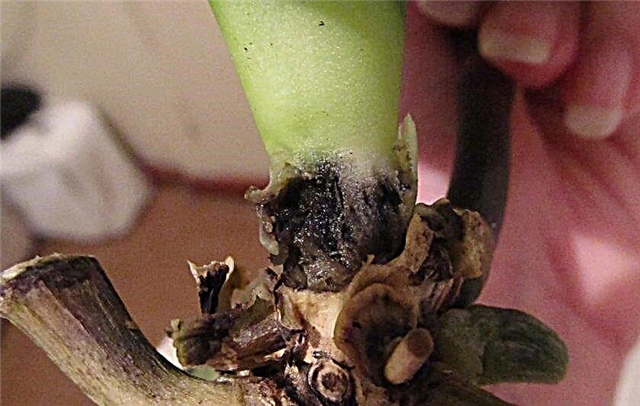
- Root rot (gray or brown) - blackening, rotting of the roots due to excessive watering. Orchid should be transplanted and monitored so that there is no stagnation of water.
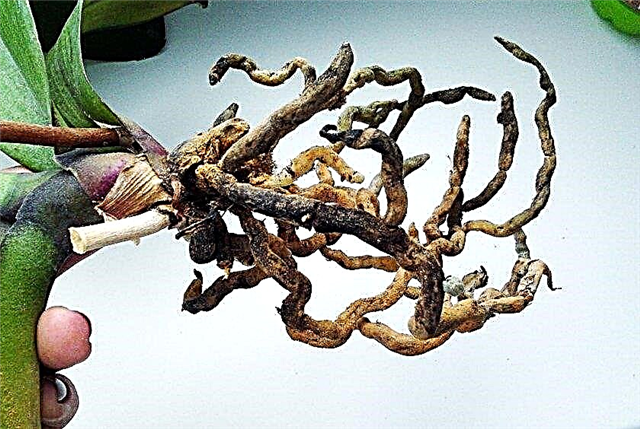
- Leaves dry - low water or low humidity. Water more often, use spraying.
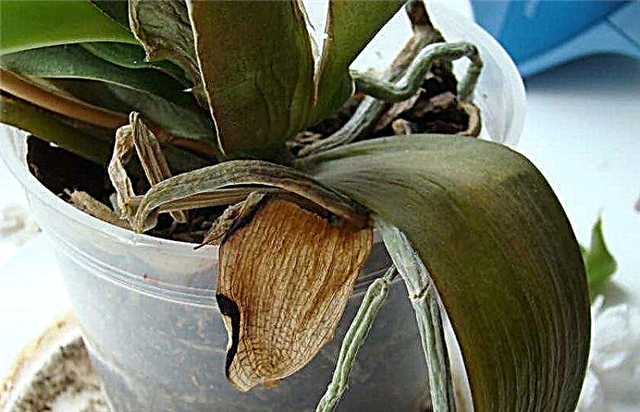
- Light spots on the leaves - this is a sunburn, you need to remove the pot with the plant further from the window or use devices that scatter light.
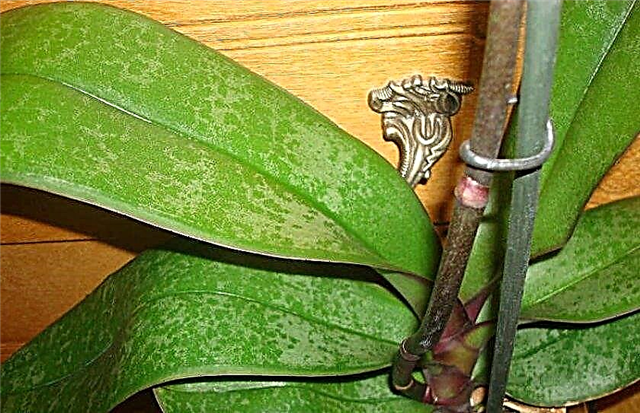
- The aerial root shoots on the shoots turned black - Too many top dressings. Reduce the concentration of fertilizers, increase the interval between fertilizing.
